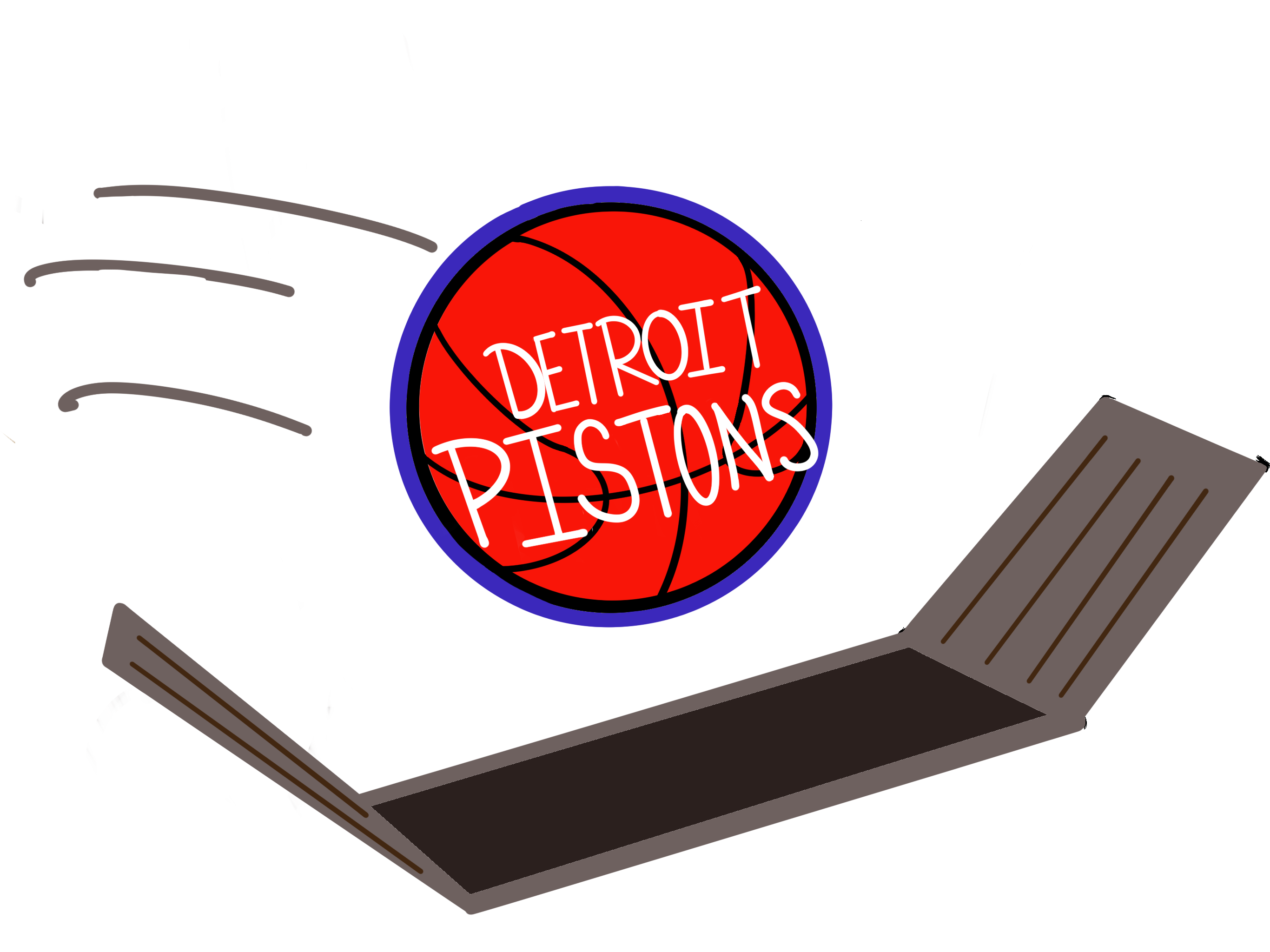Saturday, April 26
Should American Sports Introduce Relegation?
Stanley Dufour '25 in Sports | September 22, 2023

European sports have featured a system of promotion and relegation for as long as they’ve been around. In this system, the worst teams in a division drop down to a lower division at the end of the season, while the teams at the top of those lower divisions are promoted to the division above them, giving them a chance to compete at a higher level. Many fans claim that such a system makes watching any team at any stage of the season exciting, as even teams that aren’t on top of the league are fighting for something, instead of purposely losing for a higher draft position, which is often the case in many American sports. While this system works well with the structure of European sports, such a system could never realistically work in the United States, due to a variety of factors.
While Europe has long had multiple clearly established divisions, the U.S. does not have a system like that that is ready to be implemented. Outside of the number one leagues, few can name any other American leagues of a similar caliber for their respective sports. With the lack of an existing framework of multiple clearly established divisions for one sport, it would be nearly impossible to build the necessary framework from scratch in an environment where the existing top leagues already have a large amount of established power and impact. While lower divisions of these sports in the U.S. do exist, even the best of these come nowhere close to the influence and fame of the lower division leagues in Europe. In order to include new tiers in American sports, each tier would have to maintain a certain quality of infrastructure, accommodation, etc. The cost to ensure that these tiers meet those standards would be a huge financial burden, especially for small market teams. The centralized structure of American leagues allows their commissioners to equally distribute wealth and maintain financial necessities for every team with ease, but to add dozens of new teams into the mix, with a market value that is yet to be determined, would be impossible to implement.
It’s in large part the decentralized structure of European leagues, where team finances are largely operated by their own individual owners as opposed to leagues themselves, which allows for the continued establishment of such a large number of high level teams. While this decentralized system alleviates financial responsibility from the league to external sources and allows for a larger number of teams and markets to be successful, this leads to a looser grip on individual teams and a lack of equalizing policies. In European sports, the richest teams are able to pay as much as they want for high-end talents, backed by owners whose pockets will never run dry. On the other end of the spectrum, tiny teams with low-level facilities and talent struggle to keep operating on a daily basis without the exorbitant funding the bigger clubs receive.
Meanwhile, teams in the U.S. operate as franchises, not clubs, and owners invest in them with the guarantee that their franchises will always maintain their worth as a premier team in the country, as equal counterparts to every other owner in their respective leagues. It is hard to see a world where every owner in a major American league agrees to give up the stability and security of their investments for a system that could plummet the value of their franchise. While a system of promotion and relegation is supposed to make for a more equal, competitive league, there will always be the teams that are at no risk of ever dropping, and those that will, in all probability, never move up. American leagues have a strong system in place, in which the worst teams have a clear path to build up and become competitive again in a few years, and where even the richest and most marketable teams will eventually face the same challenges every other team does, challenges they can’t spend their way out of.
Closed league systems have long been part of American sports culture, and they allow for equality in wealth, infrastructure, and talent between every team. While a promotion and relegation-based system would lead to more interesting play on the field, especially in the waning months of the season, it would be impossible to realistically implement due to the lack of an existing divisional structure, infrastructural and accommodational standards in certain viable markets, and existing team ownership contracts. Even if these financial difficulties could be overcome, and a system based on relegation and promotion could coexist with intra-league equality, could you really imagine a world where New York or L.A. didn’t host a premier professional sports team in any particular sport? While this system certainly has its merits, it’s just not one that can be, or should be considered in the existing framework of professional sports in the United States.
Related Articles
- The Case For Farming: The Big Red Farm is not a gimmick—it’s a way of life Eric Chen ’27
- A Season of Madness Derek Wolfe ’27
- Fly Eagles Fly Ellie Duffy ’26
- The 2025 Australian Open Marcus Tsai ’27
- Saquon Barkely & the Power of a Trade Ellie Duffy ’26
Recent Articles
- Announcing: Valedictorian, Aurelian Speakers, and Faculty Speaker Sophie Liu ’27
- Senior Profile: Sophie Cheng ’25 Katherine Qiu ’27
- Debunking the Dining Hall Debate: Is Lawrenceville’s Dining Really That Bad? Isabelle Lee ’27
- Welcoming Our New VPs for 2025-2026 Sophie Liu ’27
- A Sweet Return: Melba Reopens with New Flavors and Community Spirit Ella Song ’27